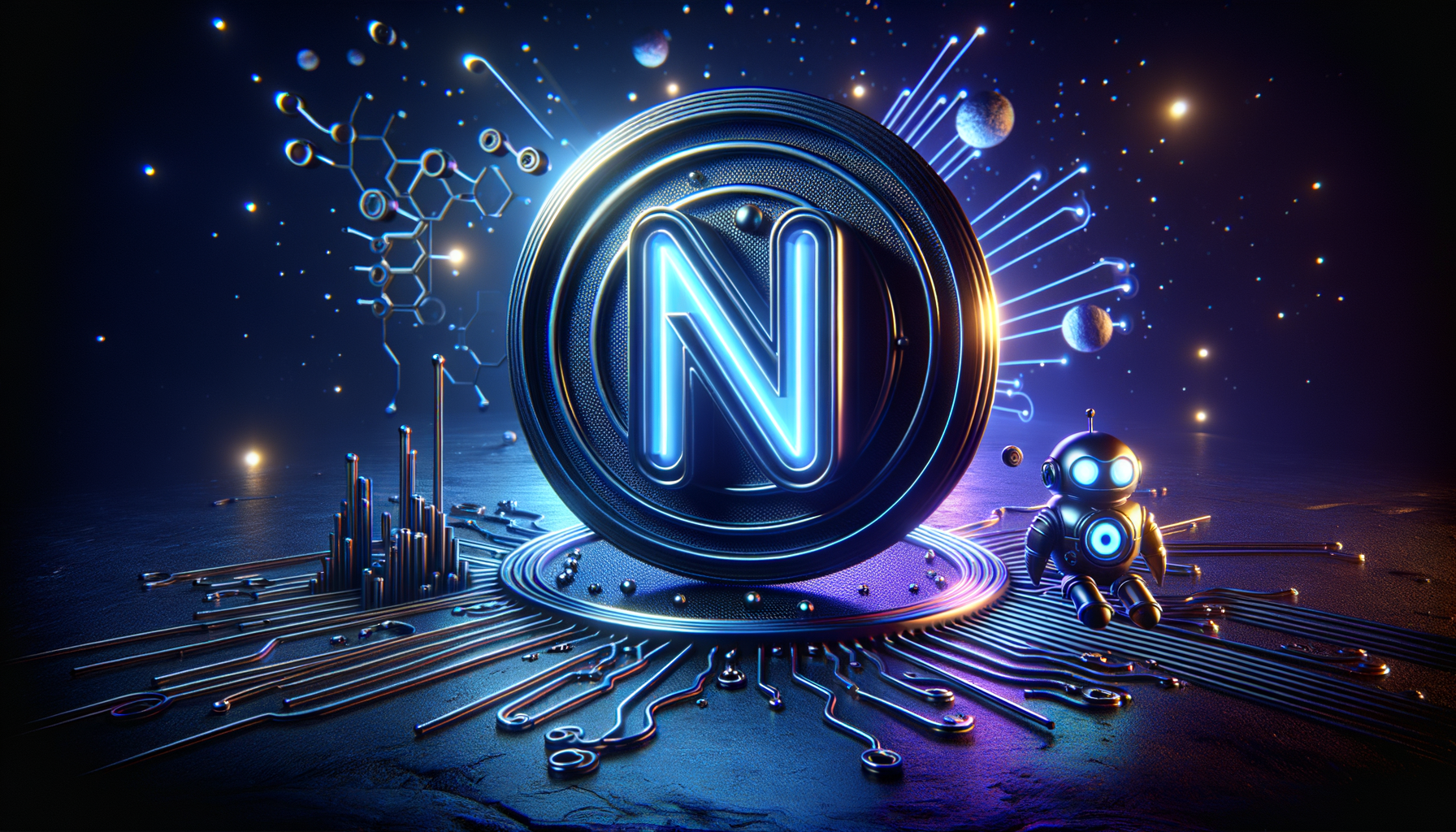Account Abstraction on zkSync Era: A Deep Dive into Native Implementation and Its Ecosystem Impact
zkSync Era's native account abstraction, launched in Nov 2025, surpassed $1B TVL. It redefines Ethereum accounts, enabling complex logic and user-friendly interactions. Discover how paymasters, signature aggregators, and session keys enhance flexibility and security. Read more!

Account Abstraction on zkSync Era: A Deep Dive
In November 2025, zkSync Era announced the successful integration of native account abstraction, surpassing $1 billion in Total Value Locked (TVL) shortly after this milestone. This development, enabled by the zkSync Era's native account abstraction feature, marks a significant step forward in enhancing user experience and developer flexibility within the Ethereum Layer 2 ecosystem.
Technical Breakdown of zkSync Era's Account Abstraction
Account abstraction on zkSync Era redefines the traditional concept of Ethereum accounts, enabling more sophisticated and user-friendly interactions. Unlike the standard Ethereum accounts, which are limited to Externally Owned Accounts (EOAs) and smart contract accounts, zkSync Era's implementation allows for the creation of accounts that can execute complex logic before signing transactions.
The underlying architecture of zkSync Era's account abstraction leverages zero-knowledge proofs to ensure that these advanced account functionalities do not compromise the network's security or scalability. The system uses a combination of the EIP-4337 standard for account abstraction and zkSync's native capabilities to create a seamless experience.
Key components include:
- Paymasters: These allow users to pay transaction fees in any token, not just ETH, enhancing user flexibility.
- Signature Aggregators: These enable batching multiple signatures into one, reducing the gas costs associated with transaction processing.
- Session Keys: These allow for the delegation of certain account operations to third parties without compromising the account's overall security.
The implementation involves modifying the account abstraction logic to work within zkSync's zero-knowledge environment, ensuring that all transactions maintain the privacy and efficiency benefits of the zk-rollup technology.
Data & Analysis
Since the implementation of native account abstraction, zkSync Era has seen a significant uptick in user engagement and developer activity. According to Dune Analytics, the number of daily active users has increased by 30%, and the number of smart contracts deployed has risen by 45% in the month following the update.
The TVL on zkSync Era has also seen a steady increase, reaching $1.2 billion, driven by the adoption of new DeFi applications that leverage the enhanced account capabilities. Transaction volumes have surged by 25%, with gas fees remaining competitive at an average of $0.001 per transaction, thanks to the efficiency of zk-rollups.
Comparatively, other Ethereum Layer 2 solutions like Optimism and Arbitrum have also implemented account abstraction but through the EIP-4337 standard without native integration. This native approach by zkSync Era provides a more streamlined experience and potentially lower gas costs due to its zero-knowledge optimizations.
Ecosystem Impact
For developers, zkSync Era's native account abstraction opens up new possibilities for creating more intuitive and feature-rich dApps. The ability to implement custom logic at the account level allows for the development of advanced wallet solutions, such as social recovery mechanisms and multi-signature wallets, directly within the protocol.
Users benefit from a more flexible and secure environment, where they can interact with the blockchain using a variety of payment methods and delegate certain operations without exposing their private keys. This enhanced user experience could drive further adoption of zkSync Era for both DeFi and consumer applications.
The competitive landscape sees zkSync Era positioning itself as a leader in user-centric blockchain solutions. While other L2s like Optimism and Arbitrum continue to evolve, zkSync's native approach to account abstraction could set a new standard for how Layer 2 solutions integrate advanced features to enhance their ecosystems.
Looking Forward
As zkSync Era continues to refine its account abstraction capabilities, the focus will be on further reducing gas costs and increasing the range of supported use cases. The integration of more advanced features, such as threshold signatures and cross-chain interoperability, could further solidify zkSync's position in the L2 market.
Experts in the field, such as Vitalik Buterin, have noted the potential of account abstraction to significantly improve the usability of blockchain technology. As more developers and users embrace these capabilities, the future of Ethereum's scaling solutions looks increasingly promising.





